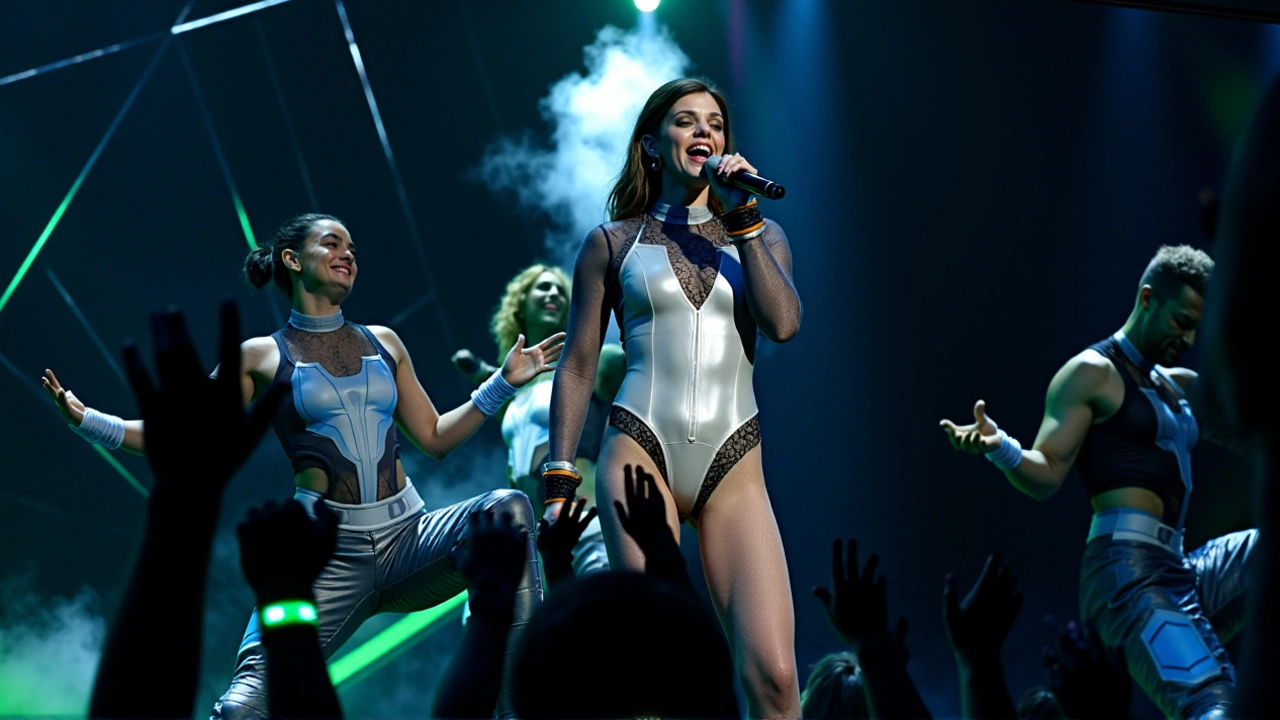Live-Action CGI: What It Is and Why It Matters
Seen a creature or a weapon on screen that looked real enough to touch? That’s live-action CGI — computer-generated elements added to footage shot with real actors and sets. Filmmakers use it to create things you can’t build or safely film in real life, from massive crowds to impossible creatures. When done well, it vanishes into the scene. When it’s done badly, you spot it straight away.
How live-action CGI works on set
It starts during shooting. VFX teams plan shots with the director so cameras, lights, and actors give the right references for later. Crews often use practical props, tracking markers, and motion-capture suits so digital artists can match movement and scale. Photographers capture HDRI skies and reference plates to copy real-world lighting. All that info helps modelers, animators, and compositors recreate a believable element that sits naturally in the scene.
After the shoot comes post. Matchmoving fixes camera motion, 3D artists build and rig models, animators add life, and render engines simulate lighting and materials. Compositors then blend the rendered CG with the live plate, paint out markers, and color-match everything. A VFX supervisor oversees this chain—keeping the look consistent and the schedule realistic.
Practical tips to make CGI look real (and spot the fake)
Working on a tight budget? Use these simple rules: limit CG shots to what’s necessary, combine CG with real props, and get strong on-set lighting references. Stock HDRIs and free tools like Blender and RenderMan can produce excellent results if you focus on correct scale, motion, and lighting. Small touches — dust, interaction with clothing, eye reflections — sell the effect more than ultra-detailed textures alone.
Want to tell real from fake? Look for three giveaways: wrong lighting (CG often misses subtle color spills), unnatural motion (too smooth or too stiff), and lack of physical interaction (no weight, poor shadows, or mismatched occlusion). Also watch reflections and micro-details — real glass and wet surfaces show tiny, complex variations that beginners often miss.
For filmmakers in Africa and elsewhere, live-action CGI opens storytelling doors without huge soundstages. Start small: add CG set extensions, fix backgrounds, or augment a creature rather than build it fully in CG. Partner with experienced freelancers for compositing and rendering if you can’t staff a full VFX team.
Curious about movies that use this blend well? Big blockbusters and some smart indie films mix practical and digital work to keep things believable. When CGI matches real-world physics, lighting, and actor interaction, audiences stop asking whether it’s real — and just enjoy the story.
Want more guides or examples tagged "live-action CGI"? Check related posts for breakdowns and interviews that show these techniques in action.

Minecraft Movie Trailer Unveils Star-Studded Cast: Fans Divided Over Live-Action and CGI Mix
Keabetswe Monyake Sep 13 15The highly-anticipated Minecraft movie trailer has just been released, showcasing stars like Jack Black and Jason Momoa. While the one-minute trailer has sparked excitement, it has also triggered mixed reactions from fans due to its blend of live-action characters and CGI, with some advocating for a fully animated film. Despite the controversy, the movie is set for a cinematic debut on April 4th next year.
More Detail